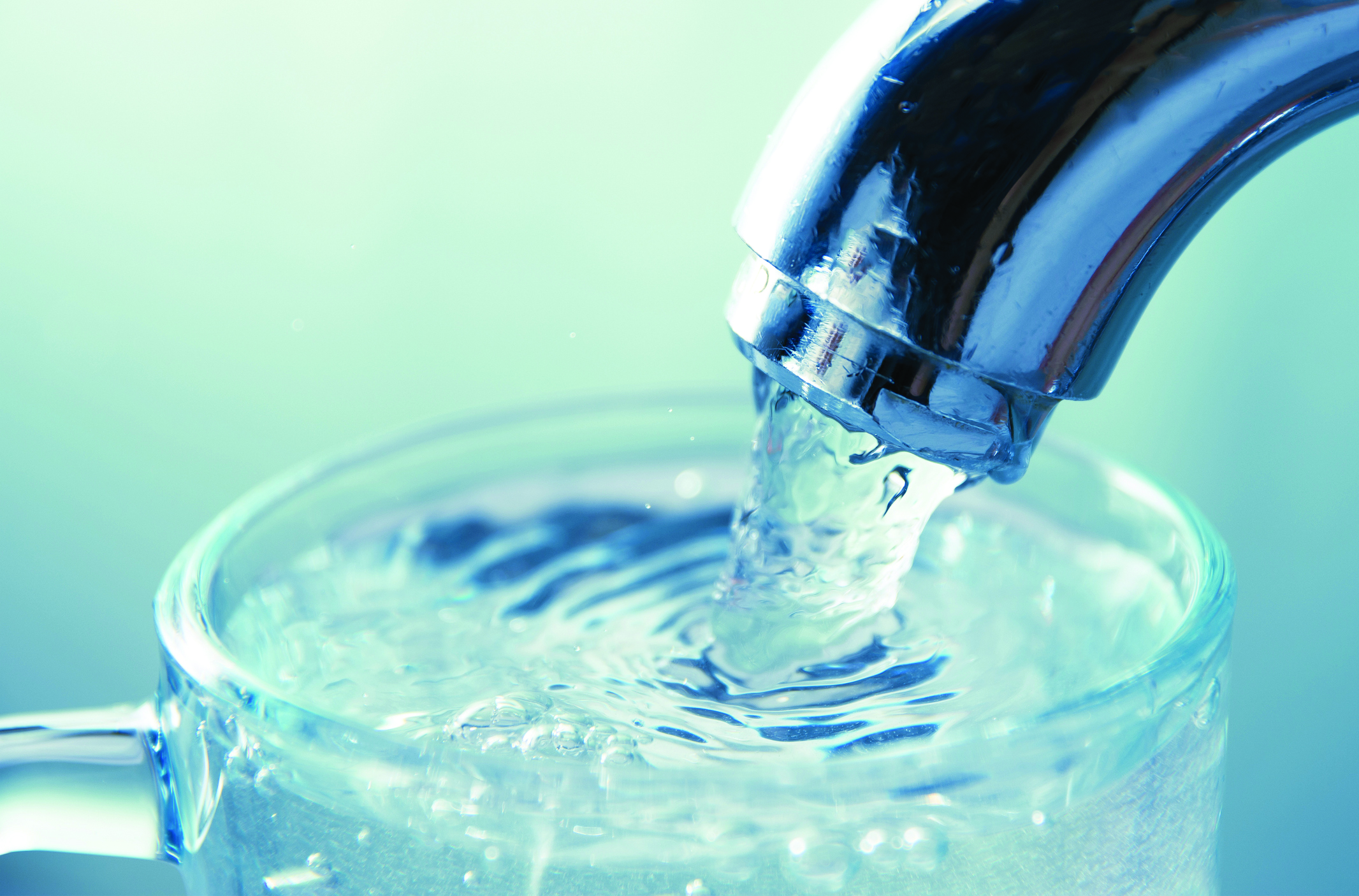You know you should be drinking lots of water, and you know about the environmental evils of bottled water. But how can you be sure your tap water is safe? Dr. Erik Modlo from the Center for Functional Medicine at Cleveland Clinic explains how to find out…
First, decide which contaminants to measure. That is driven largely by your personal concerns. At a minimum, have your tap water tested for heavy metals, including arsenic, lead, mercury, cadmium and chromium. Also have it checked for harmful bacteria, such as Escherichia coli (E. coli), Salmonella and Campylobacter, Legionella and Shigella.
Best testing kits: Safe Home provides a range of water-testing kits, including ones for bacteria, lead, herbicides, pesticides and general drinking-water quality…and WaterSafe offers various testing solutions including all-in-one kits that test for bacteria, lead, pesticides, nitrates, nitrites, chlorine, pH and hardness. Also, see if your state publishes a list of EPA-certified labs and what their analyses cover.
If you have municipal water: City water generally is safe, but there’s still room for skepticism. Best: Have your water tested at least once. Even if it’s pristine at its source, there could be contamination from the pipes inside your home, especially if you still have sections of lead plumbing or copper pipes with lead solder, which were common until 1986. Even as recently as 2014, some “lead-free” brass components were allowed to contain 8% lead.
To find out more about your municipal water: Visit the website of your county’s water authority. Read the latest annual water-quality report and special alerts. These are a start, but municipal authorities generally test only for lead, copper, nitrate, chlorine, fluoride and organic carbon. They don’t measure bacteria or volatile organic compounds. See below for more comprehensive testing.
If you’re on well water: Have it tested annually for mineral content, pesticide metabolites and bacteria.
To find out more about your well water: For a fee, many counties will test for bacteria and nitrates but not metals. For that, you’ll need to conduct private testing. Do an online search for local labs that do home water testing, and take note of which contaminants they measure.
For extensive testing of municipal or well water: Get a kit that allows you to ship samples to a lab and receive a report. These are available from big-box hardware stores such as Lowe’s and Home Depot and from Amazon. Prices start at $22 for lead-only kits…to $400 for products covering dozens of contaminants. One $300 kit from TapScore detects “forever chemicals” from microplastics.
To test for bacteria: See if your county provides testing of well water—many do for a fee. Note: If you have municipal water, you could bring in a sample without mentioning it is city water.
When there is contamination. If you’re on municipal water and detect contamination, let the county know so that it can take the necessary actions. If the contamination is coming from your house’s pipework, you will have to call a plumber to replace components.
For issues with flavor and odor: Install a faucet carbon filter or reverse osmosis unit, or use the filter in your refrigerator.
If testing indicates microorganisms in your well: You’ll need to install a UV unit that radiates the water with ultraviolet light as it enters the house. These can cost from $1,000 to $3,000.


